The Battle of the Somme was an important battle of World War I which took place on both sides of the river Somme in France in 1916. Also known as the Somme Offensive it was a joint French-British attack on the German army. It lasted for a period of about four and a half months during which both the sides suffered heavy casualties making it one of the most deadly battles. Here are 10 interesting facts about this controversial event.
#1 THE BATTLE WAS INTENDED TO BE THE DECISIVE BATTLE
The idea of a joint French-British offensive at Somme was conceived by the commander-in-chief of the French army, Joseph Joffre. According to the initial plan laid out in early 1916, the battle was supposed to force a decisive victory over the Germans. However on February 21, the Germans began the Battle of Verdun against the French. This affected the plan for the battle at Somme. It now became a battle of attrition to divert German resources from Verdun in the defense of the Somme and hence relieve pressure on the French army.
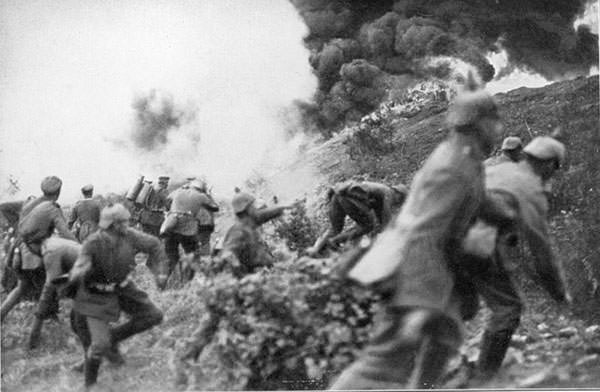
#2 IT WAS SUPPOSED TO BE A PREDOMINANTLY FRENCH OFFENSIVE
The commander of the British Expeditionary Force (BEF) Douglas Haig and French commander Joseph Joffre originally intended for the attack to be a predominantly French offensive. However, the German attack at Verdun resulted in diversion of many French divisions intended for Somme to Verdun. This reduced the role of France from being the major aggressor to supporting the British.
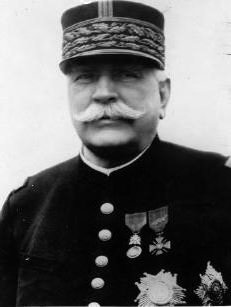
#3 THE DATE WAS BROUGHT FORWARD DUE TO PRESSURE ON THE FRENCH ARMY
Haig wanted to delay the battle till August 15 to allow for more training and more artillery to be available. When Joffre was told this he shouted at Haig, “the French Army would cease to exist” and had to be calmed down with “liberal doses of 1840 brandy”. Eventually Haig agreed to commence the offensive at the start of July. Later, French commander at Verdun warned their government that the ‘game was up’ unless the British attacked. So the offensive at Somme was just in time for the French.
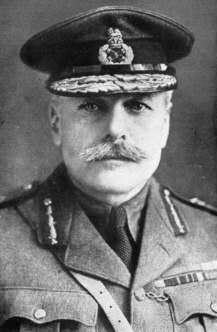
#4 PRELIMINARY British BOMBARDMENT WAS A COMPLETE FAILURE
Before the attack the German lines were bombarded for eight days starting on June 24. This was done in belief that the artillery would destroy all forward German defenses, like it would smash their belts of barbed wire. The British troops would then take possession of the German front lines when the battle began. However, not only did the preliminary bombardment fail in its objectives but it also gave the Germans warning of the attack and time to prepare their defenses accordingly. This experience is marked for exposing the shortcomings of the preliminary bombardment tactics. In comparison the French army which began their bombardment a few hours before the attack, achieved more success.
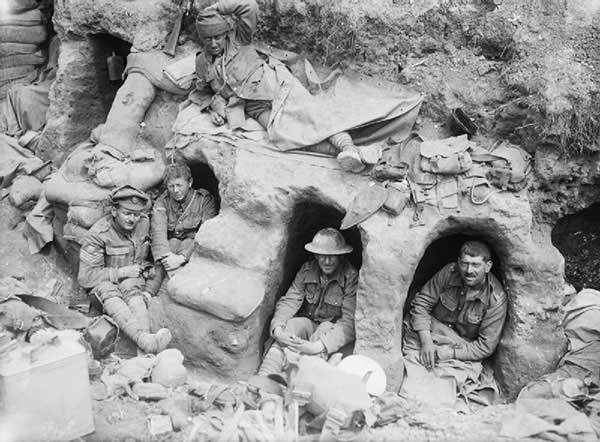
#5 FIRST DAY AT SOMME WAS THE WORST EVER FOR THE BRITISH ARMY
On 1 July 1916, known as the first day at Somme, 5 divisions of French Sixth Army, 11 divisions of British Fourth Army and 2 divisions of British Third Army attacked the German Second Army of General Fritz von Below from different areas. Although the immediate objectives were mostly accomplished, 1 July 1916 is known as the worst day in the history of the British army. By the end of the day, the British Army had around 60,000 casualties, of which almost 20,000 were killed. In comparison, the French Army had around 1,600 casualties and the German had 10,000–12,000 casualties. The day is now remembered as the largest single loss of British soldiers’ lives.
#6 It ENDED DUE TO BAD WEATHER CONDITIONS
Despite the heavy losses, Haig continued with the offensive. By July 11, the Germans were forced to transfer troops from Verdun to Somme. The Anglo-French forces kept making slow progress and by the end of the battle had penetrated 9.7 kilometers into German occupied territory. This was more ground than any offensive since the Battle of the Marne in 1914. The Somme offensive was halted due to snow and bad weather on 18 November 1916 ending 141 days of battle.
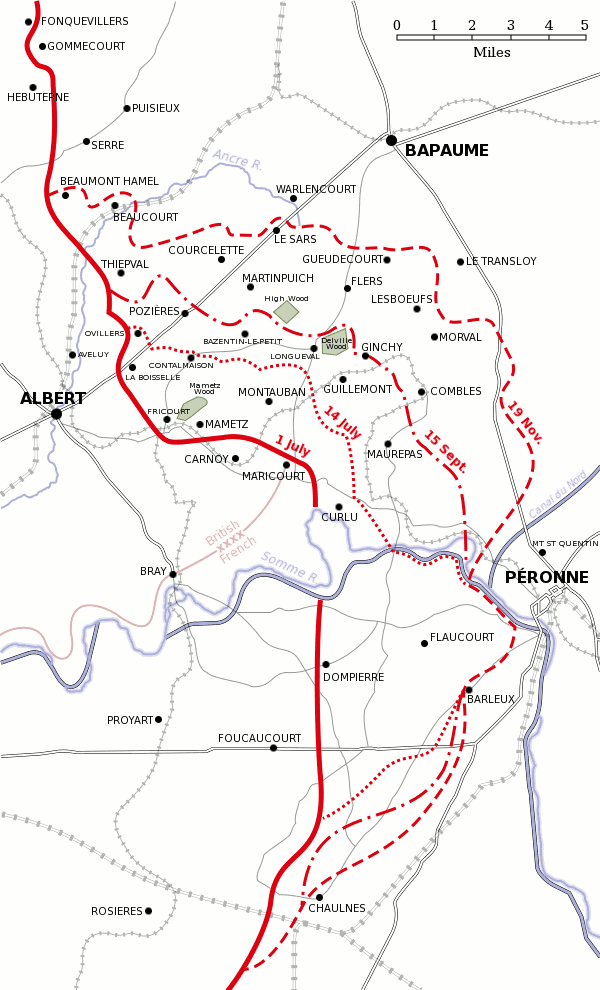
#7 TANKS WERE USED FOR THE FIRST TIME AT SOMME
50 tanks of the Heavy Branch of the Machine Gun Corps of the British army were sourced and were to reach Somme by September. However due to mechanical and other failures only 24 of them participated at the Battle of the Somme. They were successful to some extent especially in surprising the Germans but they remained unreliable at that stage of development. September 15, 1916 was the first time that tanks made their appearance in a battle.
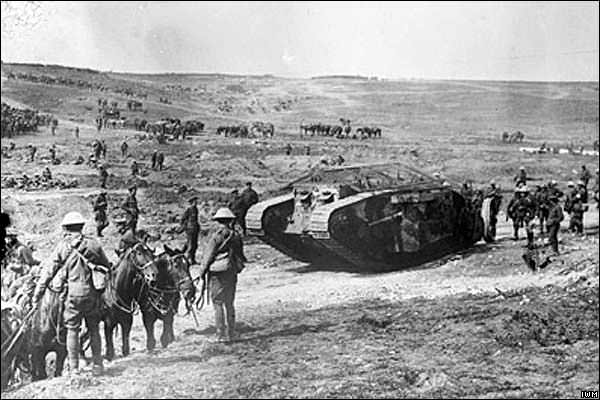
#8 IT IS ONE OF THE BLOODIEST BATTLES IN HISTORY
During the Battle of the Somme, the Germans suffered around 650,000 casualties, the British 420,000 and the French 195,000. With over 1.2 million casualties, it is one of the bloodiest battles in history and the second worst in World War I after the Brusilov Offensive. With 141 days of fighting it is also one of the longest battles of the First World War. Ironically, the name Somme comes from a Celtic word meaning “tranquility”.
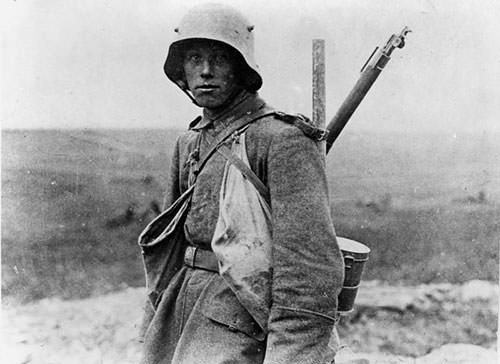
#9 GENERAL HAIG’S TACTICS ARE A SUBJECT OF CONTROVERSY
In August 1916 Winston Churchill criticized the Somme offensive claiming that it was damaging the British army more than the German one. Since then there has been a controversy about Douglas Haig’s tactics and whether the human cost for the battle was justified. Critics of Haig argue that he had an inflexible approach and repeated flawed tactics. His supporters are of the view that Britain had few alternatives and the Battle of the Somme was necessary to relieve the French at Verdun.

#10 THERE ARE CONTRARY VIEWS OVER THE IMPACT OF THE BATTLE
Some historians believe that Battle of the Somme irreparably damaged the German Army due to the high number of casualties and this took the strategic initiative from the Germans leading to their ultimate defeat in late 1918. On the other hand, British PM David Lloyd George condemned the offensive later saying that over 400,000 of our men fell in this bullheaded fight. He believed that if America had not entered the War in 1917, Somme would have been a complete failure.

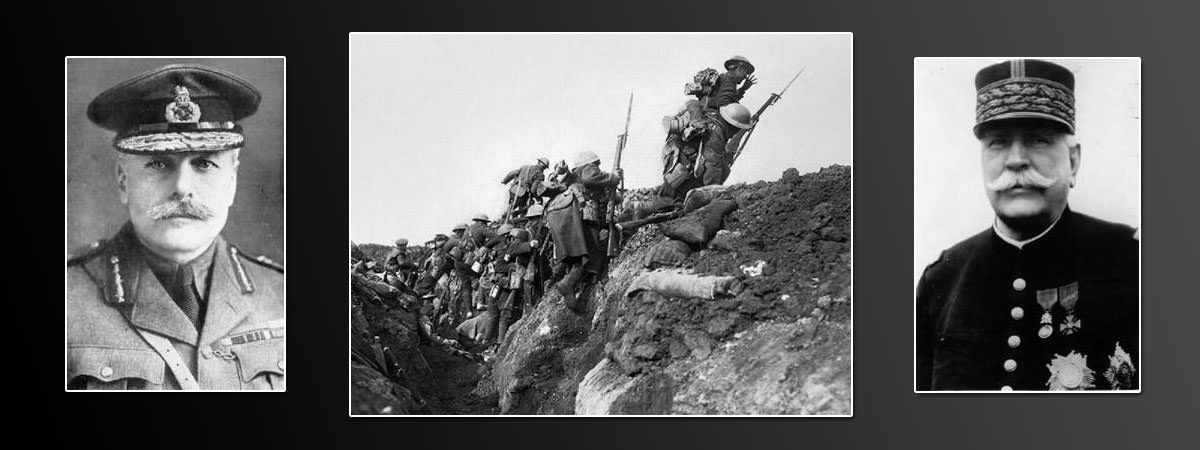
LOLZ!!